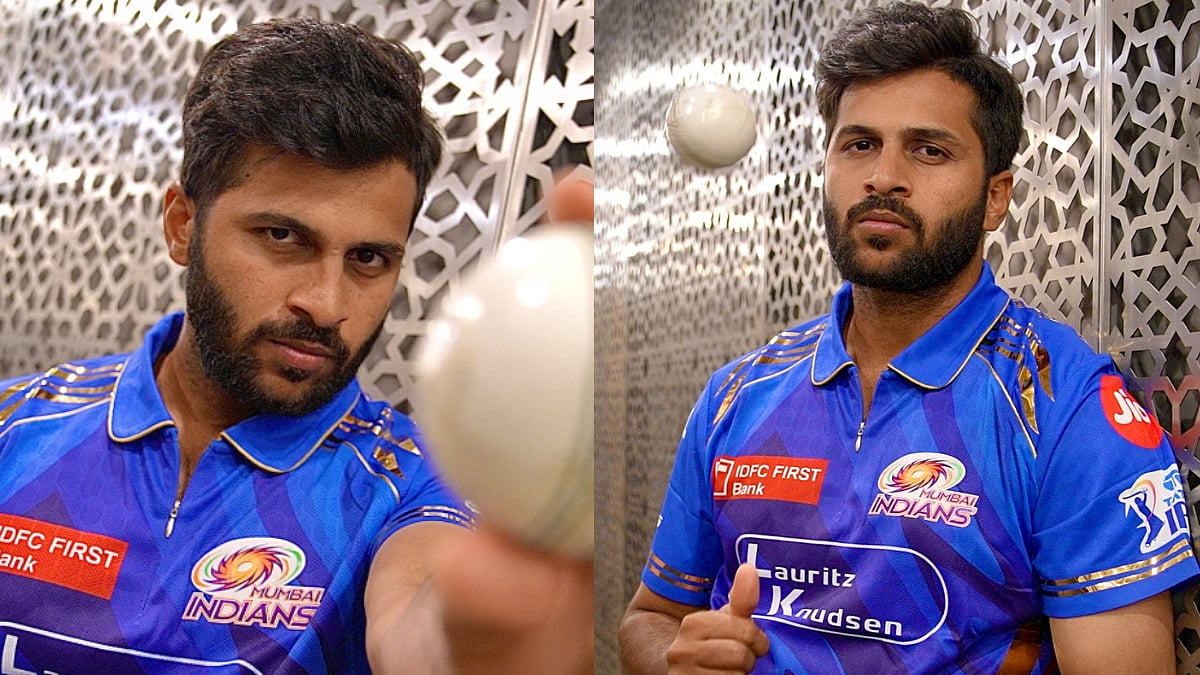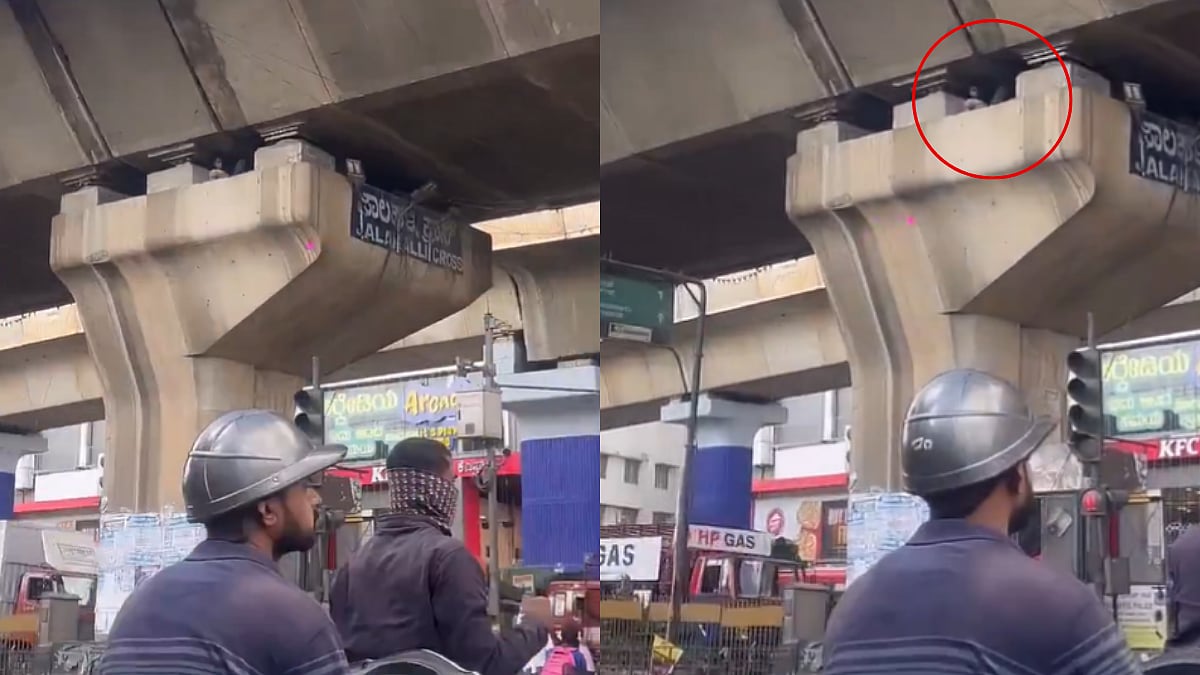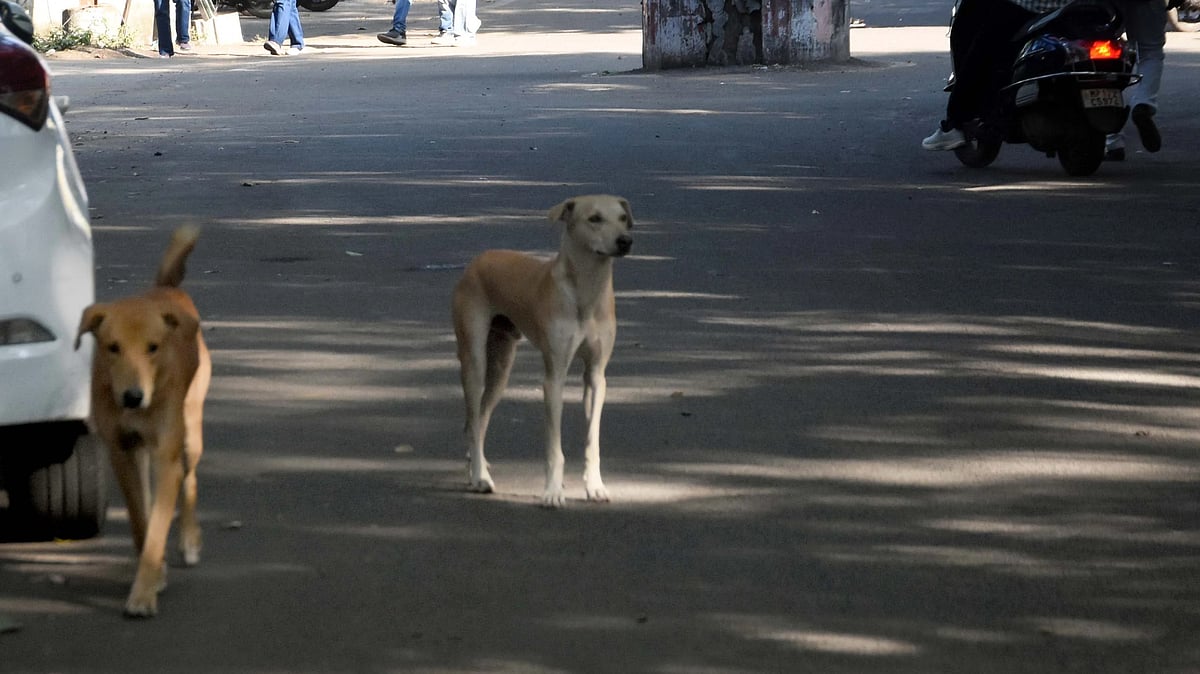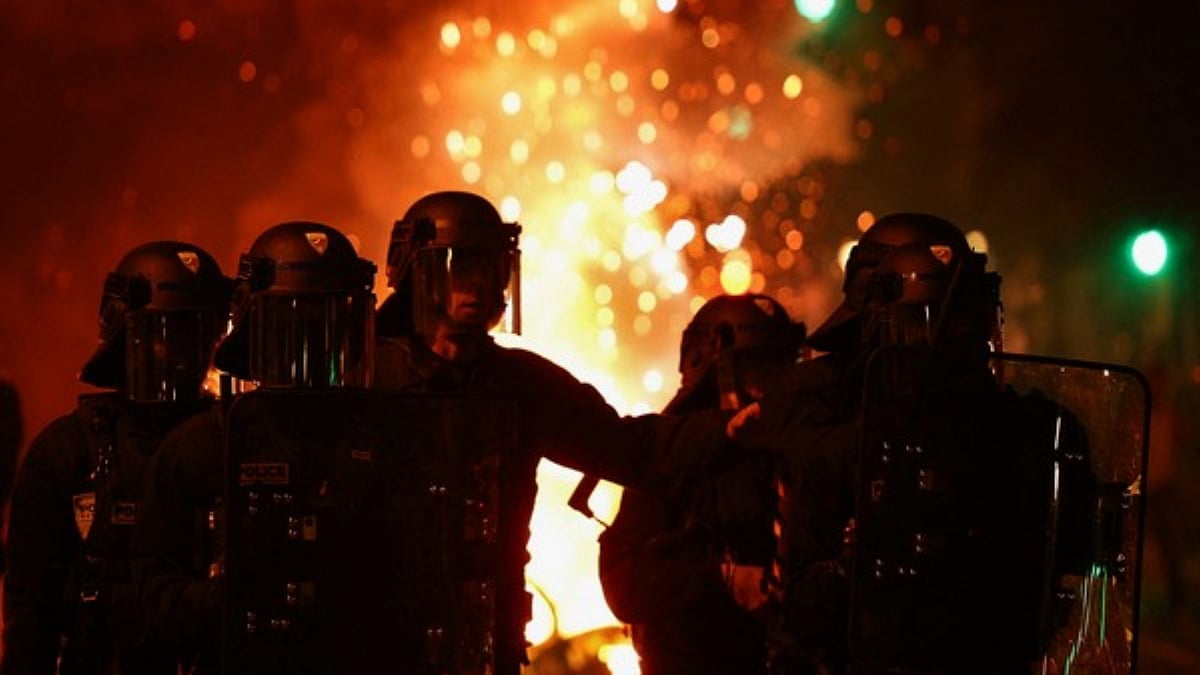During the current there is neither a pro-Modi wave as in 2014 nor a strong anti-incumbency against the Modi Government. While drawing overall balance-sheet, everyone, including many sober BJP organisers, agrees that Modi’s 2014 tally would come down but by what number is the billion dollar question.
So, in a scenario of wave-less impasse, secondary factors like vote-banks, index of opposition unity, strength of the booth-level election machinery of the parties and even choice of candidates etc., might play proportionately a greater role compared to a wave-situation.
The main opposition of SP-BSP alliance has pinned its hopes on electoral arithmetic, some kind of social engineering of a core consolidation of Yadavs (around 9 per cent of the State population), Muslims (19.26 per cent) and Jatav/Chamars among Dalits (around 9 per cent, the main base of Mayawati) around which they hope to attract sections of other OBCs to reach the winning cut-off of around 45 per cent.
This kind of electoral arithmetic worked in Saharanpur and Phulpur by-elections. But in general elections, where the foremost consideration is a stable government at the Centre and a strong leader as PM, will mere arithmetic work? It might work only partially and not to the same extent as anticipated immediately in the wake of Phulpur-Gorakhpur by-polls as well as at the time of Congress victory in MP-Rajasthan-Chhattisgarh, argues Arun Pandey, a veteran journalist and the political editor in a leading Hindi TV channel.
His main argument is that it is advantage Modi after Pulwama-Balakot when BJP’s brand of (anti-Pakistan) nationalism finds some social echo and can to some extent act as a solvent against social engineering. In any case, he argues, that except in the case of Muslims, vote-bank politics in not intact as it used to be in the social justice heydays of 1980s. BJP too, even while working for a core consolidation of upper caste votes, has been working with a conscious strategy to polarise and divide the OBCs to pre-empt an OBC consolidation around SP.
This they did by wooing back Lodhs through Kalyan Singh and by appointing a Murya leader as Deputy CM. Only Apna Dal has dissented and left NDA and joined SP-BSP but BJP managed to retain a splinter faction of it. BJP also came up with a devious strategy to break up OBC unity by appointing Justice Raghavendra Kumar panel for compartmentalised reservation among OBCs.
Arguing that Yadavs and Kurmis dominate OBC reservations, the panel submitted its report on the election eve, on 18 December 2018, recommending restriction of reservation to Yadavs and Kurmis/Patels and a few other castes to 7 per cent only out of a total of 27 per cent for all OBCs while offering 11 per cent to ‘More backward Classes’ of Gujjar, Lodh, Kushwaha, Nai, Mali & Teli etc. and 9 per cent separately to the ‘Most Backward Castes’ of Mallah/Nishad, Bind, Rajbhar and Ghosi etc. How much impact this will have remains to be seen.
Mayawati, after BSP’s 2014 debacle, and Akhilesh, after criticism by his father-uncle duo that he had conceded half the seas to Mayawati, are both engaged in a battle for survival. Such a compulsion, while making them desperate for seat numbers this time, blinds them to the possibility of the crucial addition of winning margin of votes a broader alliance with Congress could bring in several constituencies of close contest.
Congress is the only party with a universal appeal and hence retains some pockets of influence among secular middle classes and Muslims concedes Shiv Sevak, a BSP corporator in Allahabad. With SP-BSP making an insulting offer of only 3 seats to Congress, more than broader unity, the very survival of Congress with dignity and avoiding a fate of ‘Congress-Mukt UP’ naturally became the main consideration and hence the desperate launch of Ms. Priyanka Gandhi. Mayawati’s prime ministerial ambition also puts her in contention with Rahul. But in the post-Pulwama changed situation, observers do not rule out a last minute deal between Congress and SP-BSP.
Voters rate Modi high but not Yogi similarly. Effective management of Kumbh is not a substitute for industrial development and educated unemployment is severe. Hence, there is some disquiet among non-Rajput upper castes but they think that stakes are high in general elections and local scores with Yogi can be settled later.
One factor adding to the overall uncertainty about UP poll outcome is the lack of clear picture on how the Jat community would vote. Kairana assembly by-poll showed Jat alienation from the BJP. Modi’s quickly came up with Rs 5000 crore handout to Yogi to clear sugarcane dues from mills to the farmers to assuage Jat farmers’ anger. So, in the national elections, a section of Jats might go back to BJP.
As BJP directly takes the cut from the businessmen and contractors avoiding middlemen, an impression has been created that corruption has come down from the level of Akhilesh and Mayawati regimes. Moreover, Centre’s direct cash transfer of subsidies is also being perceived as an anti-corruption measure. More importantly, Centre’s schemes like giving free gas stoves and houses for urban poor had developed a base among Dalits and lower OBCs for BJP.
BJP is being seen primarily as a party of governance and a ruling party and not just as a communal outfit. Rural areas which had never seen power are now getting 6–9 hours regular power supply and powercuts have drastically come down in cities. Rural roads have also made a visible impact among voters. At the grassroots, Dalits and Yadavs now are aware that political circumstances have brought them on the same side but in some pockets dalit labourers and well-to-do Yadav farmers are socially at loggerheads, and hence two-way vote transfer between them might not happen in some constituencies.
Above all, the UP voters’ historical psyche that they are the prime kingmakers in Delhi and most ardent champions of nationalism and defenders of national security appears to be at play once again. UP usually makes or breaks the chances of top contenders for power at Delhi but the suspense over how many less seats BJP would get this time has cast a pall of uncertainty over Modi’s margin.
B Sivaraman is a freelance journalist. Views are personal.









